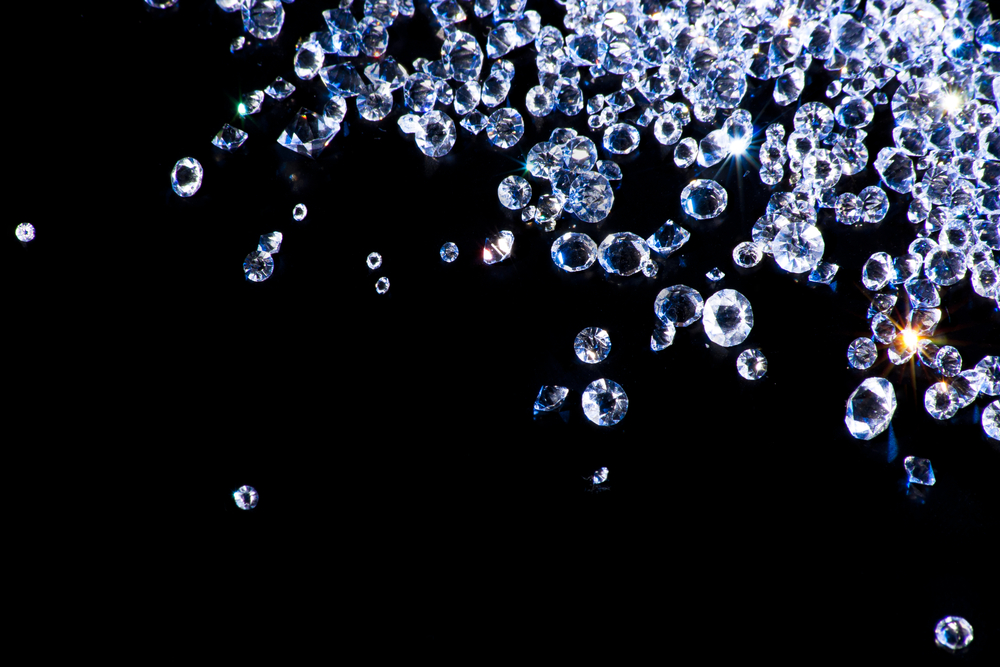Wham! How Russia's Trove of 'Impact Diamonds' Was Created

A flashy claim from Russian scientists, that a Siberian meteorite crater holds "trillions of carats" of diamonds, may be far-fetched but it's not outside the realm of scientific possibility.
Over the weekend, scientists in Moscow divulged that the 62-mile (100-kilometer)-wide Popigai Astroblem crater harbors a peerlessly dense deposit of industrial diamonds, according to the Christian Science Monitor.
The Soviets reportedly discovered the trove in the 1970s, but they kept it a secret to avoid upsetting a world diamond market that already favored them. Now that the information is declassified, Russian scientists say Popigai diamonds, some of which are reportedly twice as hard as ordinary diamonds, could revolutionize the global market.
According to Richard April, a professor of geology at Colgate University, there are two main explanations for the formation of so-called "impact diamonds," which he says are found in small quantities at meteorite-impact sites around the globe. [How Are Fake Diamonds Made?]
(Meteors, which are fragments of asteroids or comets that enter Earth's atmosphere at high speeds, are called meteorites after they slam into Earth.)
One possibility is that a meteorite crashes into an area rich with some form of carbon, such as the remains of living organisms. The high pressures and temperatures of the collision would be enough to turn the terrestrial carbon into diamond.
In the second scenario, the carbon arrives inside a meteorite and, at the moment of impact, flash-fuses into diamonds that are dispersed in the ground.
Sign up for the Live Science daily newsletter now
Get the world’s most fascinating discoveries delivered straight to your inbox.
Both scenarios have evidence to back them up, including discoveries of meteorites embedded with tiny diamonds, but according to April, neither scenario is known to create the massive deposits of diamonds that Russia is now touting.
"The diamonds that have been found around meteorite-impact craters have been small and few," he said. "It's interesting that the Russians are claiming that they found a gigantic deposit of diamonds in a meteorite-impact crater, because, from what we've seen so far, it's kind of unlikely."
Still, there is a third Cinderella possibility that, according to April, could theoretically account for the formation of a vast store of super-hard diamonds at a crater site.
It's conceivable that a meteorite landed on a preexisting diamond field, one populated with terrestrial diamonds dredged up from beneath the Earth's surface by volcanic processes. These diamonds, most often found in volcanic deposits called kimberlite pipes, do exist in Siberia.
"The stars would have had to align for the meteor to have impacted a kimberlite pipe. It would be kind of like a hole in one on the golf course," said April. "But it is possible the diamonds would have re-crystallized at the high temperatures and pressures into what they're calling the very hard form."
"That might also account for the fact that there are so many of them. To have trillions of carats, though. This is the first I've ever heard of trillions of carats," he said. "That has never been found before and that would make this a very unique situation."
Follow Life's Little Mysteries on Twitter @llmysteries. We're also on Facebook & Google+.









